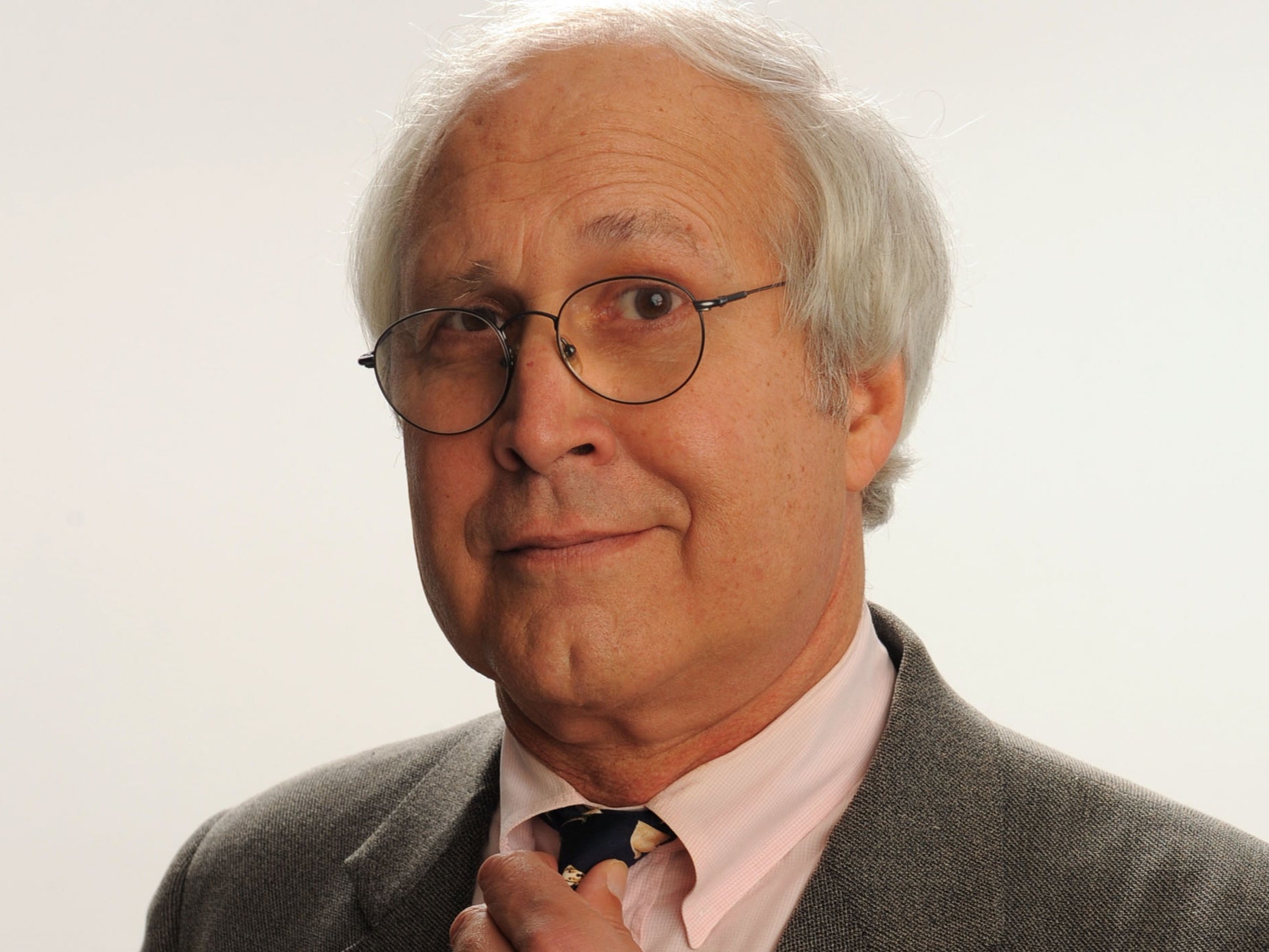“Saturday Night Live” was built with a cast of young no-names performing countercultural comedy. Fifty years later, it is firmly part of the culture, dictating mainstream comedy instead of throwing spitballs from the margins. The show has become an incubator of talent — think Will Ferrell, Chris Rock, Amy Poehler, Billy Crystal, Julia Louis-Dreyfus, Eddie Murphy, Adam Sandler, Phil Hartman, Pete Davidson and Tracy Morgan. Its sketches have sparked Hollywood movies, from “The Blues Brothers” and “Wayne's World” to “MacGruber” and “Coneheads.”.
But “SNL” has embedded itself in our culture in deeper ways, from slogans like “We're not worthy!” to “You look mahvelous!” It inspires Halloween costumes, connects viewers to the news via “Weekend Update” and may even have influenced elections. As the show gears up to celebrate its milestone, here are 12 moments over the past five decades when the show didn't just reflect pop culture — it drove it.
“Wolverines,” 1975. This was the first sketch from the first show, an absurdist-meets-physical comedy interaction between a student — played by John Belushi — and his English teacher, played by head writer Michael O’Donoghue. “I would like to feed your fingertips to the wolverines,” the teacher asks his pupil to repeat. The show, then called “NBC's Saturday Night,” would have George Carlin as the first host. Jim Henson’s Muppets had a sketch and Andy Kaufman lip-synched the “Mighty Mouse” theme song. Billy Preston played his hit “Nothing From Nothing” and later folk singer Janis Ian sang “At Seventeen” and “In the Winter.” Preston closed things out with “Fancy Lady.”.
New York magazine called its promise “enormous” and the Chicago Tribune said it “premiered in superb fashion.” The Los Angeles Times said it was “bright and bouncy” and even suggested it move to prime time. “King Tut,” 1978. Steve Martin saw this off-the-wall novelty song about ancient Egyptian pharaoh Tutankhamun capture the nation’s imagination during a goofy performance. It eventually reached No. 17 on the Billboard Hot 100 and sold over 1 million copies after he performed it on “SNL.”.
The comedian was parodying the hysteria and commercialization surrounding a traveling Tutankhamun exhibit, dancing sideways as he sang “King Tut/Buried with a donkey/Funky Tut/He’s my favorite honky!”. The song was riddled with errors: King Tut was not “born in Arizona,” he did not live in a “condo made of stone-a” and he was not “buried in his jammies.” Nevertheless, the song went viral long before there was an internet.
“The French Chef,” 1978. Dan Aykroyd parodied iconic chef Julia Child in a cooking segment gone horribly wrong: She cuts “the dickens” out of her finger, releasing staggeringly large spurts of blood, tries first aid and then collapses face-first in a puddle of her own blood. It was inspired by a real injury on the set of Child's “The French Chef” and was written by Tom Davis and Al Franken (the future former senator was also under the table pumping blood out of a tube on Aykroyd’s arm).
Instead of being offended, Child enjoyed Aykroyd’s parody of herself so much that the book “Baking With Julia” recounts she would play the tape at her own dinner parties, crying out, “Save the liver!’”. “White Like Me,” 1984. Long before white privilege became a mainstream concept, Eddie Murphy in a landmark sketch put on white face makeup to see how he would be treated as a white man in New York.
It was a parody of the famous 1961 book “Black Like Me,” in which a white journalist went undercover as a Black man. You can see the legacy in “Chappelle’s Show,” Whoopi Goldberg’s “The Associate” and “White Chicks.”. In the skit, a cashier won’t take his money for a newspaper (“Slowly, I began to realize that when white people are alone, they give things to each other for free”), a city bus turns into a party after the lone Black passenger gets off and a bank clerk simply hands him $50,000 in cash. “So what did I learn from all of this?” Murphy asks at the end. “I learned that we still have a very long way to go in this country before all men are truly equal.”.
Sinéad O’Connor, 1992. The Irish singer capped her a cappella cover of Bob Marley’s “War” by holding up a photo of Pope John Paul II and tearing it into pieces. “Fight the real enemy,” she said. “SNL” was blindsided. During rehearsals, O’Connor had instead held up an image of a refugee child. She was protesting child sex abuse in the Catholic Church, a decade before the Boston Globe revealed a systematic cover-up that forced the church to apologize and pay millions.
NBC banned O’Connor from “SNL” for life, Joe Pesci mocked her during the next week’s show and Frank Sinatra called her “one stupid broad.” Her albums were crushed by a steamroller in Times Square. Less than two weeks later, O’Connor made her first public appearance following the incident at a Bob Dylan concert at Madison Square Garden and she was jeered as Kris Kristofferson consoled her.




















